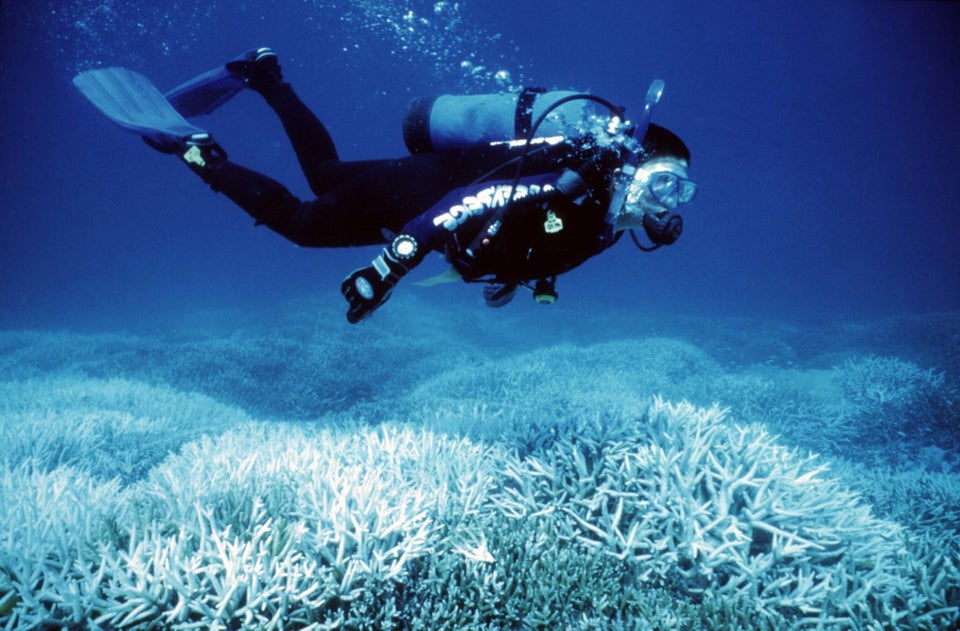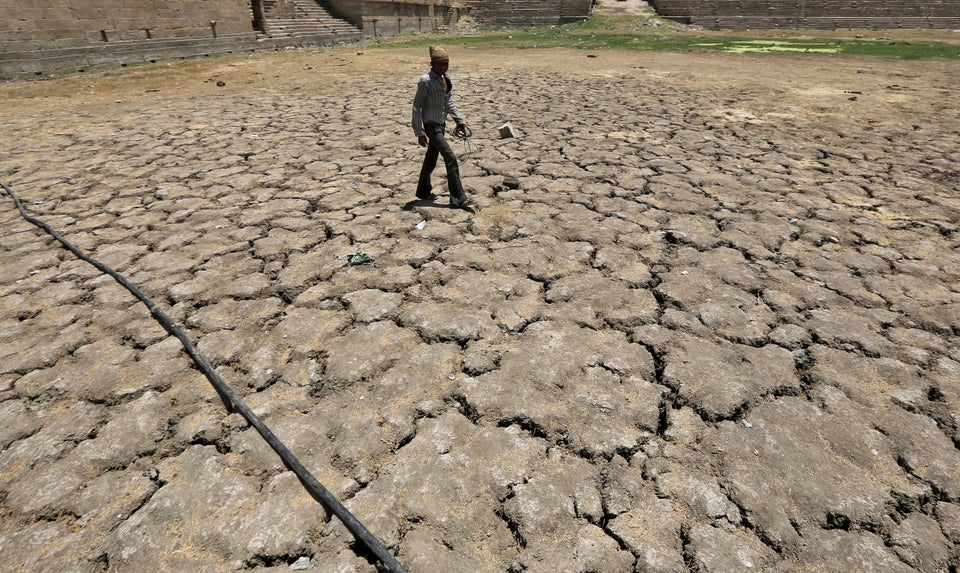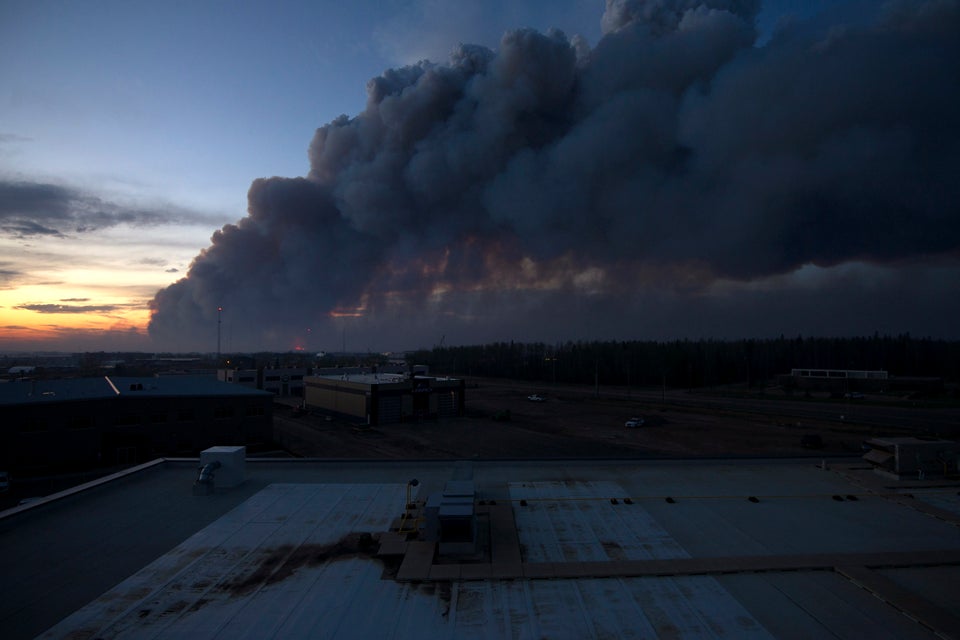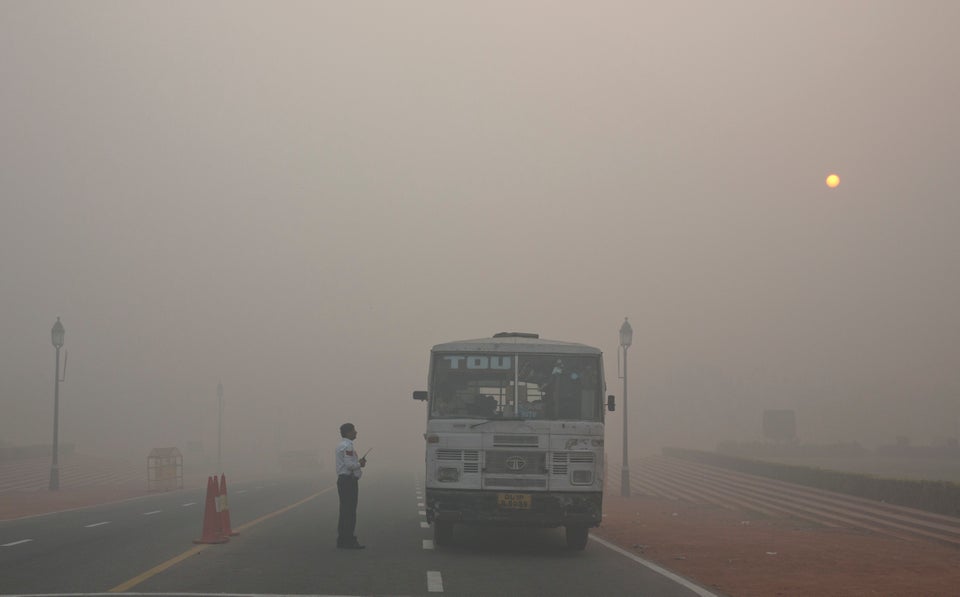Tens of thousands of Siberian reindeer are the latest casualties of global warming, according to new study.
Temperature rises have imperilled the breed and the nomadic herders who depend on it by turning snow to impenetrable ice, say scientists.
Autumn rainfall can prove catastrophic for the deer when freezing temperatures return in winter, creating a crust of hard ice several centimetres thick that covers the grass the animals feed on.
When snow lies on the ground the deer are able to root through it and find sufficient food to last the winter.
Two extreme episodes of icing in 2006 and 2013 caused mass starvation among reindeer herds in western Siberia.
Scientists have now linked both to thinning sea ice and higher humidity in the Arctic Barents and Kara seas as more water escapes into the atmosphere.
Heavy ice crusts following rain are said to be having “long-term and serious” effects on about 6,000 Yamal Nenets, among the last truly nomadic reindeer herders in the Arctic.
Study leader Professor Bruce Forbes, from the University of Lapland, said: “In a normal year, crusted snow patches are common, but herds can be relatively easily led to nearby areas with softer snow.
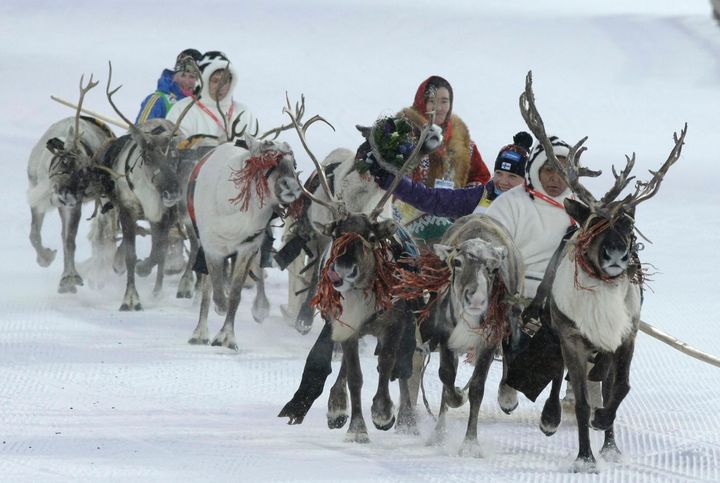
“The reason the 2013 event was so catastrophic was that heavy rains saturated much of the snow cover from top to bottom, so when air temperatures plummeted the pastures were frozen beneath a thick, heavy layer of ice. This left animals locked completely out of pastures across the entire southern Yamal Peninsula, an area covering some 27,000 square kilometres (10,425 square miles).”
During that year, 61,000 reindeer died - more than a fifth of the total Yamal Peninsula population of 275,000.
Such events were increasing in severity, according to the researchers whose findings are reported in the Royal Society journal Biology Letters.
The scientists interviewed 60 herders and administrators in the region between March 2014 and April 2016 to build up a detailed record of how herding had changed over several decades.
The rain-leading-to-ice events were found to occur about once every 10 years.
Satellite data and climate modelling computer simulations were also used to focus on two specific November periods in 2006 and 2013.
During both, sea ice coverage and concentration in the Barents and Kara seas were especially low while atmospheric humidity was unusually high.
The herders reported 24 hours of rain on November 8, 2013 swiftly followed by freezing winter temperatures.
Those who lost their reindeer through starvation were forced to resort to fishing, and borrowed breeding stock to rebuild their herds.
The Yamal Nenets migrate all the year round, herding semi-domesticated reindeer across distances of up to 1,200 km (745.6 miles) annually. Reindeer are important to their livelihood and a fundamental part of their ancient culture, said the scientists.
Co-author Dr Marc Macias-Fauria, from Oxford University’s School of Geography and the Environment, said: “Understanding the relationship between retreating sea ice and Arctic animal and plant life is essential if we are to predict how ecosystems will respond to rapid, ongoing environmental change.
“We are losing sea ice at an accelerating rate in the Barents and Kara Seas and our analysis suggests this is why there is more rain over the land in this region.
“This has implications both for the reindeer populations, as well as the last nomadic tribe in the Arctic for whom reindeer herding has been a way of life for countless generations.”
